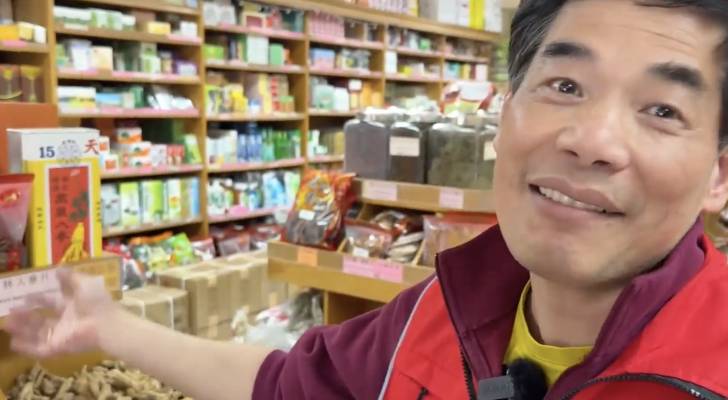
The heart of San Francisco’s Chinatown is under siege — not by bulldozers or policy bans, but by something just as destructive: rising tariffs.
The neighbourhood’s small shops are feeling the pinch from U.S. tariffs on China, which are now at 20%. The owners have weathered economic downturns for generations, shifting demographics, and even the pandemic. These businesses operate on small margins, face tight competition, and serve a largely elderly clientele living on fixed incomes.
Edward Lau, who owns a shop selling China-imported herbal products and supplements for pain relief, is among the business owners worried about the impact. Raising prices to offset higher costs could drive customers away, gravely impacting their livelihoods. However, absorbing these increased costs indefinitely isn’t sustainable.
"It’s becoming more expensive so people will start thinking of alternatives or simply won’t use it … They’ll be hit really hard," Lau told CBS News. "The uncertainty makes it really hard to do business."
Although over 90% of North American manufacturers moved at least some of their production out of China between 2018 and 2023, small mom-and-pop businesses like Lau’s will continue to struggle under current conditions.
The impact of tariffs on small businesses
Tariffs are directly increasing the cost of imported goods — such as merchandise, food items and supplies — that small businesses rely on, both in San Francisco’s Chinatown and across the country.
Beyond higher costs, supply chain disruptions caused by tariffs can make some imports scarce or only available at steep prices.
As a result, owners struggle with strained cash flow and lower profit margins. Without financial reserves or a buffer, many have no choice but to raise prices or adjust their pricing strategies.
The longer these challenges persist, the greater the impact on customers. Many may turn to larger competitors, which benefit from economies of scale and can keep prices down.
How consumers can cope — and help
If rising costs are affecting your go-to products, it can sting. The good news? There are ways to cope with the shift while also supporting small businesses.
- Buy locally sourced alternatives and make direct purchases from small businesses. This eliminates intermediaries, helping to keep costs down.
- Compare prices and hunt for discounts. Taking time to comparison shop, use coupons and plan around sales can make a difference.
- Consider generic brands or bulk purchases when they offer better value.
- Use a cash-back credit card. Many credit cards offer rewards based on spending categories. If you can pay your balance in full each month to avoid interest, you can turn everyday spending into extra savings.
- Consider vintage, refurbished or like-new its. Gently used or vintage goods are often more affordable. Many retailers also sell certified refurbished electronics and furniture at a fraction of the price of new ones. Just check for warranties and authentication where needed.
- Adjust your budget and lifestyle. Small tweaks — like dining out less, finding free or low-cost entertainment or hosting friends at home — can help absorb rising costs on essential purchases.
By making strategic choices, you can ease the financial strain while helping small businesses stay afloat.
This article provides information only and should not be construed as advice. It is provided without warranty of any kind.